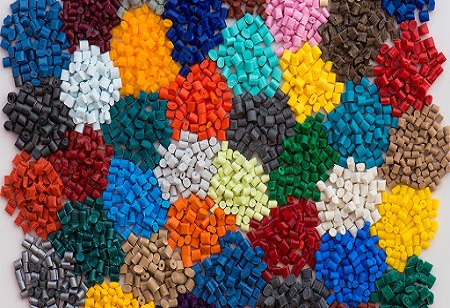According to reports from MarketsandMarkets Research, the global
masterbatch market is anticipated to reach USD 14.3 billion by 2025. One of the major factors anticipated to bolster the masterbatch market growth is the replacement of metal with plastic in the automotive industry. This APAC region is predicted to dominate the industry over the forecast period since it is the largest consumer of masterbatches in the automotive application.
The shift of European automobile manufacturers to low-cost markets in Asia and the rise in the number of automobile facilities and other developments in the region are anticipated to support the growth of the masterbatches market in the automotive application. Furthermore, in terms of both the volume and value, the APAC region is followed by the European region and North American region.
Talking about the various types of masterbatches and compounds, Arvind Mehta, Chairman & Managing Director of Welset Plast Extrusion Pvt Ltd says, “In general, masterbatches and compounds are highly competitive, price-sensitive products. However, there are the specialty, customized, and value-added masterbatches and compounds that are not so price-sensitive and competitive.
“Pearlized and metalized masterbatches are examples of high-end masterbatches. Fluorescents and night-glow masterbatches used for identification are examples of added functionality. Likewise, masterbatches used in medical and healthcare applications provide high product value. Apart from the main functions, masterbatches can contribute to properties of the polymer-like good fastness to light and weathering, improved feel and better pallet forms,” he adds.
Superior technical properties
When compared to metals plastics provide superior technical properties and engineering plastics are largely implemented in the automotive application for numerous components that include steering wheels, airbags, seatbelts, bumpers, dashboards, etc. The reduction in the weight of vehicles will increase the fuel efficiency of the vehicle. Besides, plastics offer better design, safety, and environmental sustainability than metals. Therefore, automotive and airplane manufacturers utilize lightweight plastics such as PP and PC for windows, hood, and interior applications.
Since the overall masterbatch market is highly unorganized it makes it difficult for market players to cater to the increasing domestic demand. Furthermore, the most significant factor that acts as a restraint for the growth of the masterbatch market is the cheap product offerings from developing nations.
Biodegradable masterbatch is largely used in daily consumer good applications specifically in the food packaging industry. Bio-based resins used in additive masterbatch in packaging landscape have the base material as soya bean, wood pulp, sugarcane, coffee, castor, etc.
In conventional masterbatch, the waste management of the petroleum-based carriers in polymers is a major challenge as it takes many centuries for conventional plastics to degrade. The food plastics should use masterbatch which is US FDA compliant. The stringent regulations and demand from Europe and North America will be an opportunity for the masterbatch market in the packaging industry.
